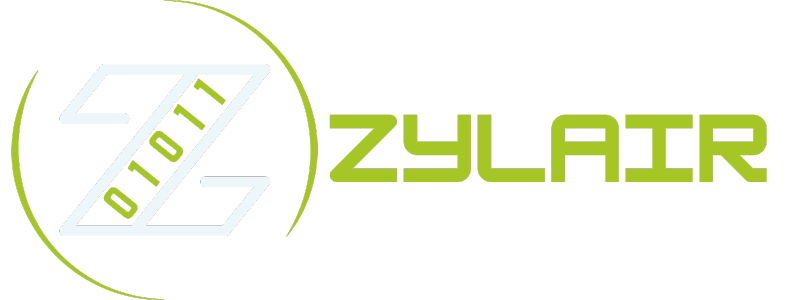The Constant Dread of an Audit Visit
When I first took on health and safety responsibilities at our plant, audits terrified me; frankly, they still make even the best of us slightly nervous. Picture the scene: another busy collection day looming, and I’m knee-deep in boxes of illegible paperwork and past-month logbooks. The next morning—the dreaded audit visit. Despite my best efforts to maintain spotless records, audits always seem to coincide with the busiest days. It’s like the safety inspector had a sixth sense for maximum inconvenience.
I can still vividly remember sitting at my desk, staring at a coffee-stained accident form, trying desperately to decipher whether that was “tripped over hose” or “trapped by nose.” Time ticked away, tension built, and I found myself scrambling through endless filing cabinets, desperately hunting for a single piece of evidence. Even as a seasoned professional, I found myself repeatedly thinking: There must be a better way.
The Pain of Manual Systems
The issue wasn’t incompetence or bad luck, although at stressful times it certainly felt that way. The challenge was systemic. Managing health and safety compliance entirely by hand or with clunky outdated software inevitably leads to chaos. You’ve probably been there yourself—trying to persuade busy team members to accurately write reports in physical incident logbooks or updating spreadsheets manually at the end of a long shift.
Manual systems create friction at every turn, but even outdated software can be just as troublesome. Slow, poorly designed tools turn what should be quick, simple tasks into multi-step marathons. I’ve needed to ferry paperwork back and forth from my office to production floors simply because our old incident tracking system wasn’t accessible on the shop floor computer. Data duplication errors inevitably crept in, impossible to avoid no matter how meticulously everyone worked. Quite frankly, putting up with outdated reporting methods felt like sitting on a conveyor belt, hopelessly watching valuable working hours roll away from me, never to return.
The Old vs The New Approach
I realised I couldn’t afford to ignore the creeping inefficiencies of our safety processes anymore. After considering our options—and trust me, I hesitated at first—we implemented digital safety systems that automated our manual and overly complicated tasks. Initially, transitioning to new software made me slightly nervous—I’m no tech wizard!—but thankfully the intuitive design made onboarding our team that much easier.
One of the strongest areas of transformation for us was incident reporting. Previously, whenever an accident happened, recording the event relied on hurriedly scribbled notes on clipboards or half-hearted jabs at outdated computers. Compare this to our current setup—a simple, user-friendly interface accessible directly from a mobile tablet, instantly available to everyone at the point of use.
Accident details are now entered directly as they happen, with automatic timestamps and location logging. Importantly, digital entries can capture accurate images, instant notifications can be sent to relevant team members, and everything is backed up securely in the cloud. Rather than spending valuable hours chasing down incomplete or incorrect incident forms, our team members now complete straightforward onboarding and reporting, and get straight back to business. It’s not magic—though it does feel a bit like it—but simply using the right safety compliance software can transform incident reporting and compliance tracking by leaps and bounds.
Less Chaos, Lower Risk, More Peace of Mind
The change in our daily health and safety management has been profound. To put it bluntly, adopting digital safety systems wasn’t an expense; it was a necessary investment in sanity.
First, there’s the significant time saved. Previously, our weekly compliance housekeeping — reviewing handwritten reports and updating spreadsheet trackers—used to cost me several hours every Friday afternoon. Now, automated safety compliance software does most of the heavy lifting for me, enabling me to focus on training, prevention initiatives, and maybe even catching an occasional tea break.
Mistakes that once plagued our data entry—illegible forms, incorrect data duplicates, or misplaced files—have dramatically reduced. Digital tools help us maintain consistency across reports, ensuring that I’m confident in the accuracy and quality of our compliance records. This transparency and traceability also means colleagues naturally take reporting and safety record keeping more seriously, knowing their actions and data entries are captured instantly and transparently.
Finally, I’ve noticed my stress levels have plummeted. With digital backups, instant report access, and real-time data transparency, audits no longer fill me with dread. I’m audit-ready not just this week or this month, but throughout the entire year with minimal effort.
If you’d told me earlier in my career that achieving continuous audit readiness would someday seem effortless, I probably would’ve laughed bitterly over my pile of paperwork. Yet here we are. It’s not lazy—it’s simply smarter. And smarter is exactly how health and safety should operate.




